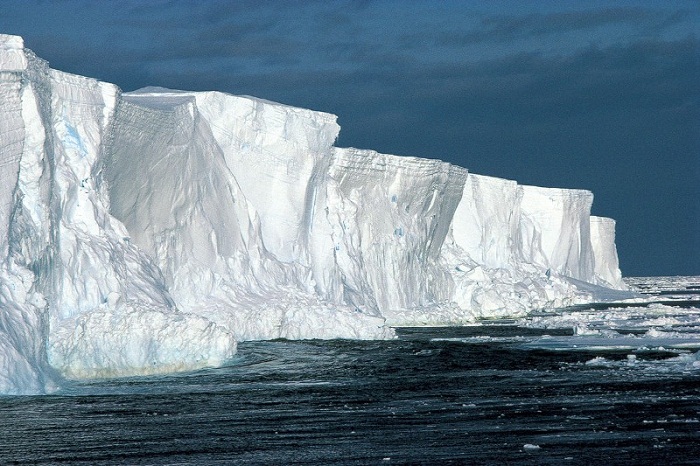International efforts to tackle climate change began at the Earth Summit in Rio de Janeiro in 1992, leading to the 1997 Kyoto Protocol. Earlier this year, the branch of the United Nations that oversees climate negotiations, the UNFCCC, declared the protocol had proved that climate agreements work.
The protocol required that, by 2013, industrialised countries cut their greenhouse gas emissions by an average of 5 per cent relative to 1990 levels. While some failed, most beat their targets. Their collective emissions fell by about 23 per cent. “The Kyoto Protocol was a remarkable achievement in many ways,” Christiana Figueres, head of the UNFCCC, has said. “We cannot link all these emissions reductions directly to the Kyoto Protocol, but it clearly played an important role in catalysing this promising trend, which has led to a collective and very welcome ‘over-achievement’.”
The protocol also “put in place pioneering concepts, flexible options, practical solutions and procedures for accountability that we often take for granted today”, Figueres said. In particular, it laid the basis for carbon trading – allowing countries that cut or prevent carbon dioxide emissions to earn “carbon credits” that they can sell to other countries or companies that have exceeded their emissions targets. There are 8000 registered carbon-trading projects, which have helped developing countries earn around $10 billion.
At the Doha meeting in Qatar in 2012, the Kyoto Protocol was extended until 2020. Any Paris Protocol will cover the period from 2020 until 2030. It will be a new treaty rather than a further extension of the Kyoto Protocol, but it is likely to include many of the mechanisms that have already been established, such as carbon trading.
Any Paris deal will have same weaknesses as the failed Kyoto Protocol
Developing countries were not required to make cuts under the Kyoto Protocol. A number of industrialised countries – including the US, then the biggest polluter – didn’t sign up and Canada withdrew in 2011.
The fall in emissions in the 36 industrialised countries that stuck with it has been far outweighed by increased emissions in China and elsewhere. Global emissions have soared, and the level of carbon dioxide in the atmosphere – the factor that directly affects the climate – is increasing faster than ever.
What’s more, not much of the fall in industrialised countries can be attributed to the protocol. Much of it was due to manufacturing shifting to China, and to the financial crisis of 2008.
It is also far from clear that the carbon markets set up as a result of the Kyoto Protocol have been effective. Take the flagship EU Emissions Trading Scheme, set up in 2005. It backfired when the cost of emissions allowances plummeted after 2008, meaning it was cheaper for companies to buy allowances than to cut emissions. This price volatility has also discouraged long-term investment.
The scheme has also led to fraud and corruption on a massive scale. Countries have lost billions of euros because of tax frauds. What’s more, many of the carbon credits sold as part of this scheme have turned out to be fraudulent – they actually had the perverse effect of encouraging more pollution. Some factories deliberately increased their emissions of greenhouse gases so they could claim and sell carbon credits when they reduced them again.
There are similar reports from all around the world. The final form of the Paris deal is yet to be decided, but it’s clear it will suffer from many of the same problems as its predecessor.
More about:
















































